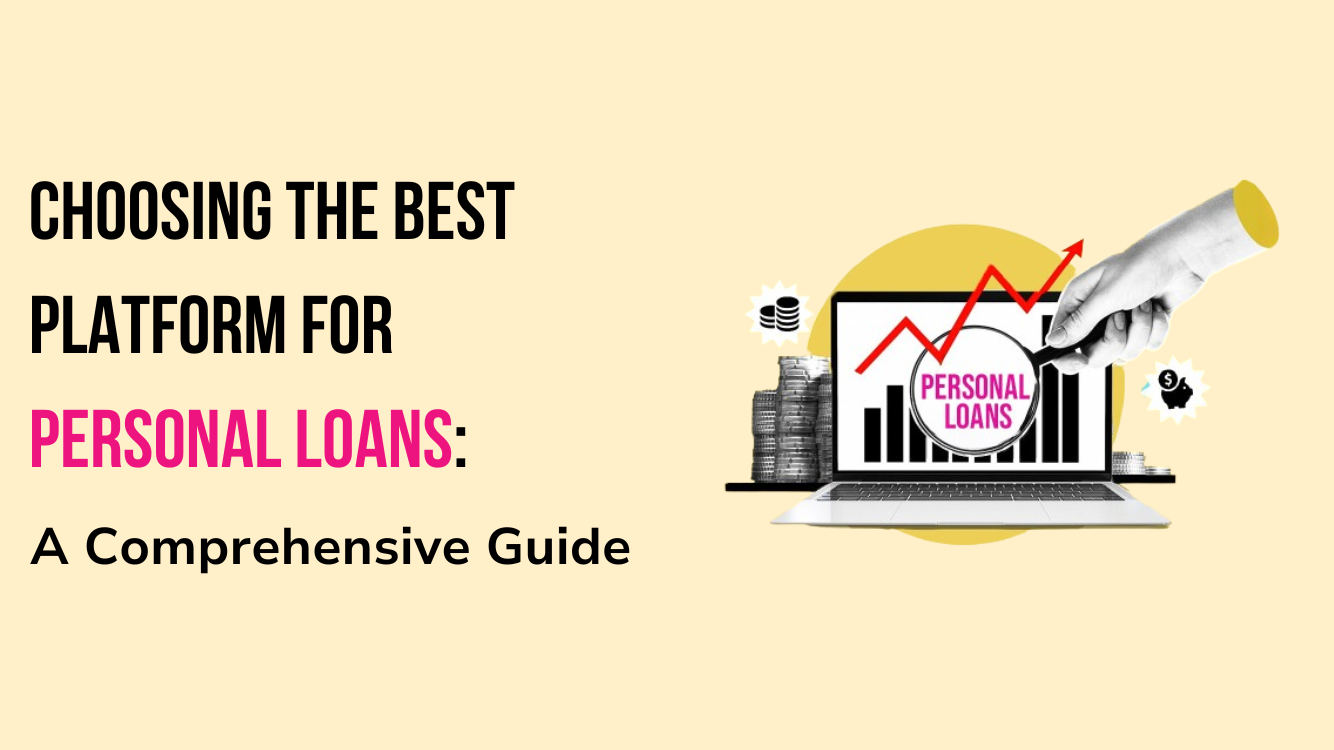Taking an education loan to pay for higher studies or professional courses helps earn more by landing a better job. On the flip side, repaying these loans totally kills our mojo before even settling into our career! Here’s the financial diva’s itinerary to repay education debt without regret.
Indian educational institutions have worked towards offering world-class advanced learning closer to home. But the infrastructure they offer comes at a significantly higher cost even if much less than what one would have to pay at a university in the US, Europe or Australia. Whether you intend to pursue a postgraduate course within the country or abroad, this means either forgetting about the option completely and learning on the job or applying for a loan to pay for tuition. The prospect of borrowing a loan is still fraught with gloom, especially among worrying parents. But there is a wiser route to repaying your education loan without going completely broke each month. Here are a few student repayment solutions that every student must know:
NO MORE THAN HALF
There’s a golden rule for everything, and repaying your loan is no exception. Spend no more than half of your take-home salary on EMIs. Unless you hail from one of the metropolitans, your dream role will likely be away from home. Personal bills will eat into a significant part of your monthly earnings. It doesn’t help to have to pay down an education loan if you’re paying other bills on a credit card or borrowing money for day-to-day expenses.
START REPAYMENTS ON TIME
With most study loans in India, you needn’t worry about repayment EMIs until a year from the time of course completion or six months after you start working, whichever comes first. Make sure you will find employment that will help you start paying back asap to avoid penalties and late fees added to your loan amount.
MAXIMISE THE TAX BENEFITS
The greatest ‘expense’ that hurts every first-time professional is tax. Here’s some good news: section 80E of the Income Tax Act allows interest on education loans to be treated as a deduction for eight years. If the tax benefit is higher than the interest you’d save on prepayments, take it easy and avoid paying extra.
DON’T GET CARRIED AWAY
Pre-paying the loan to clear off the debt quickly may seem like your best bet, but that might not be the case. The other thing about adulting is to invest – actually growing your wealth to chase all your dreams. You could earn potentially higher returns by investing the money you don’t need to spend on your monthly expenses. Take our word for it, offsetting the interest cost with a high-return investment like mutual funds.
PROTECT YOURSELF FIRST
Banks are low on TQ (that’s the trust quotient because we love our abbreviations!), especially when it comes to lending money. Even more importantly – to a kid still learning the ropes of adulthood. They want a guarantee that the money they’re lending you will be repaid. One of the ways they know this is that you have an insurance plan. Get one if you don’t, before you apply for an education loan. Don’t forget to buy additional health and term insurance to safeguard yourself, your family, and your assets. Investments and savings must remain a priority even during your education loan repayment period, especially higher-yielding short-term investments.
These will help your money grow and may even allow you to clear your loan completely much earlier than you thought possible!
FAQs: Paying Off Student Debt Early
How can I pay off my student debt early?
One effective strategy for paying off student debt early is to make larger payments whenever possible. Consider allocating any extra income, such as bonuses or tax refunds, towards your loan payments. Additionally, you can explore refinancing options to potentially secure a lower interest rate, which can help you pay off your debt faster.
What are some effective student debt repayment strategies?
On the journey of student debt repayment, one strategy that can be used is the “snowball” method, where you focus on paying off the smallest loan balances first while making minimum payments on larger loans. Once the smallest loan is paid off, you move on to the next smallest loan, creating a snowball effect. Another strategy is the “avalanche” method, where you prioritise paying off loans with the highest interest rates first to minimise overall interest payments.
What are the best student repayment solutions?
Exploring income-driven repayment plans offered by federal student loan programs can be a viable student repayment solution for loans. These plans adjust your monthly payments based on your income and family size, making them more manageable. Additionally, consider seeking assistance from loan forgiveness programs if you qualify based on your profession or employer. Finally, creating a budget and sticking to it can help ensure you allocate enough funds towards loan payments while still meeting other financial obligations.
New Investor? Request a Callback.
Fill in your details and we will guide you at every step
other blogs

Loan July 20, 2024
Choosing the Best Platform for Personal Loans: A Comprehensive Guide to LXME
We have a number of needs in our everyday lives for which we may require financial help. For women, this can mean anything like setting up a business, renovating a house, etc. So, learning about loans is also as important in order to make an informed decision. So, let’s learn about loans, best loan app … Choosing the Best Platform for Personal Loans: A Comprehensive Guide to LXME

Loan July 4, 2024
Boost Your Chances of Instant Loan Approval online?
In the fast-paced digital era, securing financial assistance has never been more convenient, thanks to instant loan approval online. Discover the seamless process of obtaining swift financial solutions right from the comfort of your home. Our comprehensive guide sheds light on the key aspects and tips for loan approval online, ensuring you navigate the process … Boost Your Chances of Instant Loan Approval online?

Loan
Effective Strategies: How to Manage Loans Wisely
Are you wondering how to manage debt effectively and take control of your financial journey? You’re in the right place! In this comprehensive guide, we’ll walk you through 7 essential tips on debt management skills with confidence and achieve your financial goals. Whether you’re dealing with student loans, mortgages, or personal loans, these practical strategies will help … Effective Strategies: How to Manage Loans Wisely









